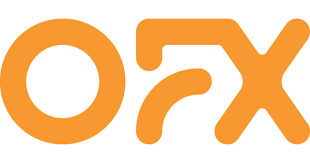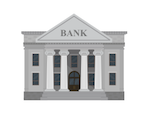Since 2000, the Canadian dollar has been gaining value against the pound, though the climb has been slow and the gains have been small. This was partly due to a weakening pound sterling, in addition to strong demand for commodities and energy benefiting Canada’s economy. In October 2007, the CAD to GBP conversion rate crossed the £0.50 threshold for the first time since 2000, with an official rate of CAD to GBP £0.5010. The dollar’s value fluctuated slightly for the remainder of 2007, finally ending the year down slightly at £0.4946.
In early 2008 the CAD bounced back to above the £0.50 threshold and continued to gain against the pound into 2009. In early 2010 the dollar reached a CAD:GBP conversion rate of £0.6058. As the CAD was strengthening in comparison, the UK was experiencing hampered economic growth due to the 2008 recession, which had spread from the United States to the UK and the eurozone, affecting manufacturing and employment throughout Europe. The UK began a program of quantitative easing, which effectively reduced the value of the pound’s exchange rate against other currencies. The UK was also struggling under a heavy public sector debt load; the country suffered its first sovereign debt downgrade that year; Moody’s rating agency lowered its rating to AA1, citing a forecast for a reduction in tax revenues due to sluggish growth in the UK economy.
Throughout 2012 and into 2013, as the UK grappled with the ongoing recession, the CAD traded at an exchange rate between £0.60 and £0.65, the highest level seen in at least 20 years. By year-end 2013, however, the Canadian economy began to show signs of weakening due to a slight decrease in commodities and energy investments, in addition to persistent unemployment rates. The CAD once again slipped below the £0.60 mark and ended 2013 with a conversion rate against the pound of £0.5740.









